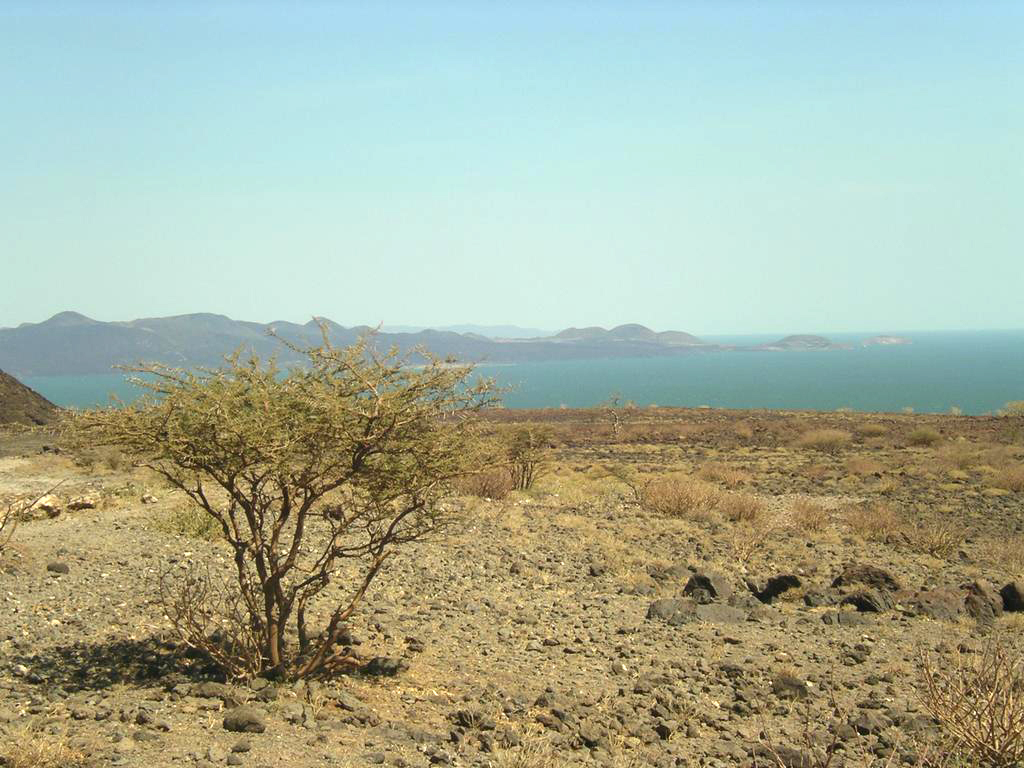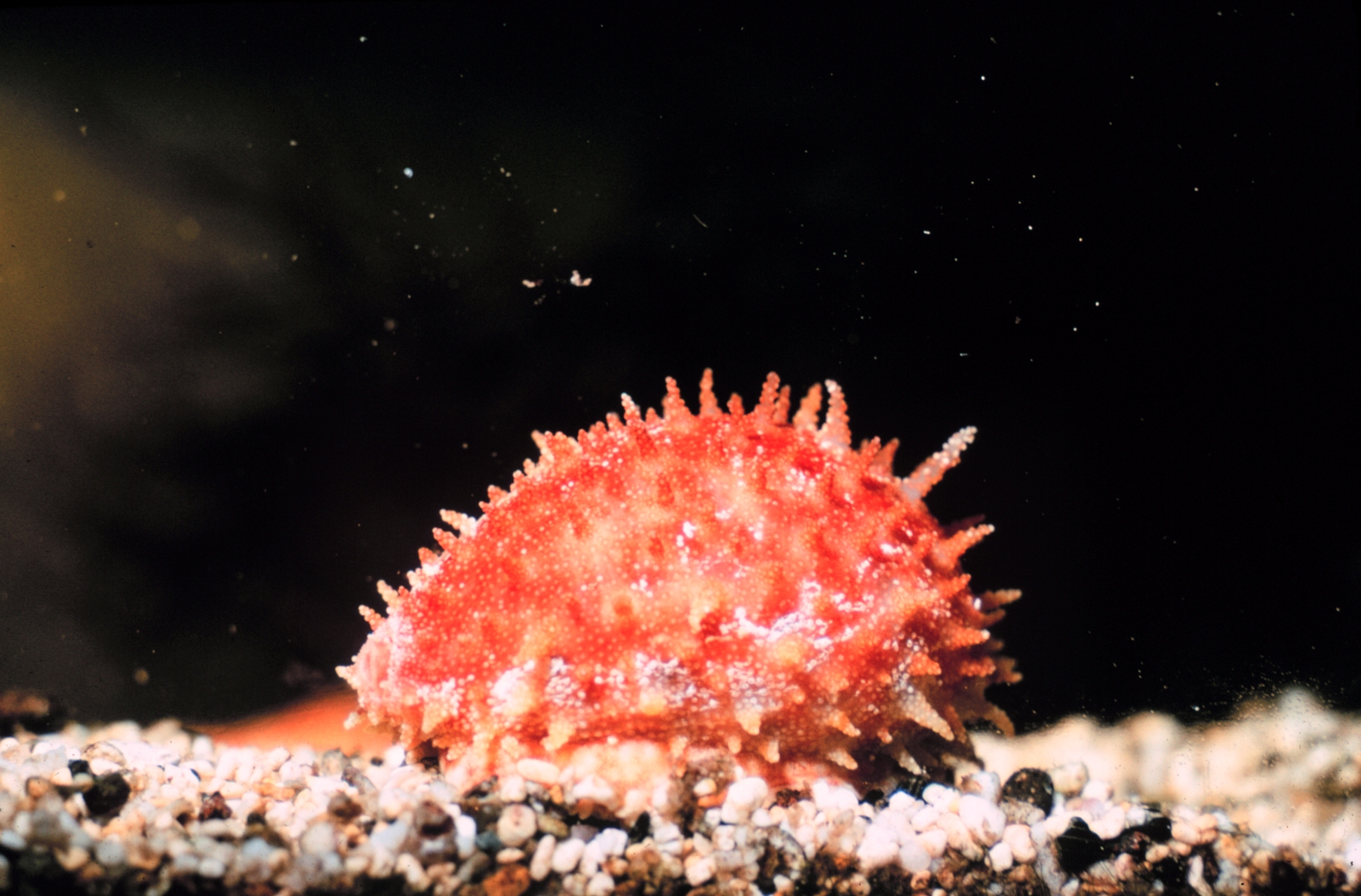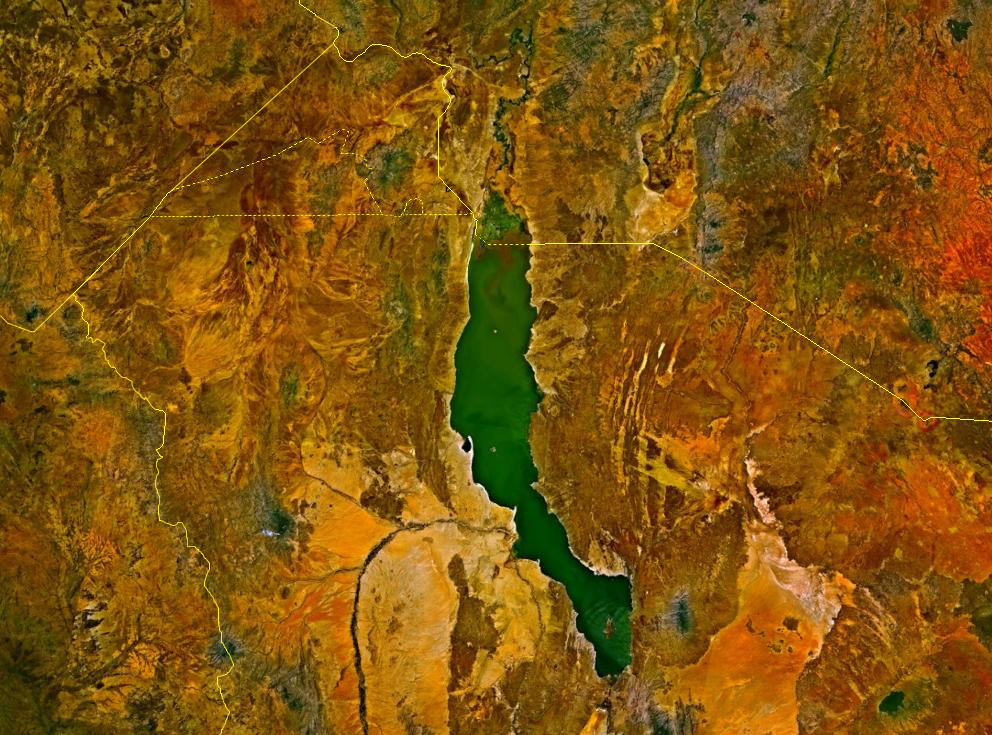|
Ateker Peoples
Ateker, or ŋaTekerin, is a common name for the closely related Jie, Karamojong, Turkana, Toposa, Nyangatom, Teso and Lango peoples and their languages. These ethnic groups inhabit an area across Uganda and Kenya. ''Itung'a'' (a vernacular term meaning "people of one language") and ''Teso'' have been used among ethnographers, while the term Teso-Turkana is sometimes used for the languages, which are of Eastern Nilotic stock. ''Ateker'' means 'clan' or 'tribe' in the Teso language Teso (endonym ''Ateso'') is an Eastern Nilotic language spoken by the Teso people of Uganda and Kenya and some speakers are in South Sudan. It is part of the Teso–Turkana language cluster. According to the 2012 Uganda population and housing ce .... ''Atekere'' in Lango language also means 'clan'. In the Turkana language, ''Ateker'' means a distinct group with related customs, laws and lifestyle and who share a common ancestry. Members of one ''Ateker'' have a common character of mutual res ... [...More Info...] [...Related Items...] OR: [Wikipedia] [Google] [Baidu] |
Kenya
Kenya, officially the Republic of Kenya, is a country located in East Africa. With an estimated population of more than 52.4 million as of mid-2024, Kenya is the 27th-most-populous country in the world and the 7th most populous in Africa. Kenya's capital and largest city is Nairobi. Its second-largest and oldest city is Mombasa, a major port city located on Mombasa Island. Other major cities within the country include Kisumu, Nakuru & Eldoret. Going clockwise, Kenya is bordered by South Sudan to the northwest (though much of that border includes the disputed Ilemi Triangle), Ethiopia to the north, Somalia to the east, the Indian Ocean to the southeast, Tanzania to the southwest, and Lake Victoria and Uganda to the west. Kenya's geography, climate and population vary widely. In western, rift valley counties, the landscape includes cold, snow-capped mountaintops (such as Batian, Nelion and Point Lenana on Mount Kenya) with vast surrounding forests, wildlife and ... [...More Info...] [...Related Items...] OR: [Wikipedia] [Google] [Baidu] |
Lango Language (Uganda)
Lango (also called Leb-Lango) is a Southern Luo language or dialect cluster of the Western Nilotic language branch. The word "Lango" is used to describe both the language spoken by the indigenous and the tribe itself. It is mainly spoken in Lango sub-region, in the North Central Region of Uganda. An orthography for it using the Latin script has been introduced and is taught in primary schools. The origin of Lango people is strongly linked to the Karamojong and Teso speaking people. Phonology Consonants In addition to these consonants, the Lango language maintains a gemination ːdistinction in the stops, affricates, nasals and lateral. Voiceless stops and affricates are slightly aspirated, whereas voiced stops and affricates are fully voiced, sometimes with a characteristic of breathy voice. Stops are normally unreleased at the end of an utterance. Fricatives and the voiceless alveolar tap are found in complementary distribution with ungeminated voiceless stops an ... [...More Info...] [...Related Items...] OR: [Wikipedia] [Google] [Baidu] |
Siger People
The Siger people were a community commonly spoken of in the folklore of a number of Kenyan communities that inhabited regions of northwestern Kenya Kenya, officially the Republic of Kenya, is a country located in East Africa. With an estimated population of more than 52.4 million as of mid-2024, Kenya is the 27th-most-populous country in the world and the 7th most populous in Africa. ... at various points in history. Etymology Following his Juba expedition, MacDonald (1899) noted of the 'Senguer' who previously 'dwelt on the Guash Ngishu plateau' stating that 'As "l" and "r" are interchangeable, "Senguer" of the Juba expedition is evidently the same word as "Jangwel", a term which Mr. C. Hobley found was applied by the Nandi to designate their tribe". Origins The earliest reference to the Siger community in Kenyan oral literature comes from the Turkana community. According to Turkana traditions captured by Emley (1927), the 'Nithir' were one of two Ateker forces that carr ... [...More Info...] [...Related Items...] OR: [Wikipedia] [Google] [Baidu] |
Cowrie Shell
Cowrie or cowry () is the common name for a group of small to large sea snails in the family Cypraeidae. Cowrie shells have held cultural, economic, and ornamental significance in various cultures. The cowrie was the shell most widely used worldwide as shell money. It is most abundant in the Indian Ocean, and was collected in the Maldive Islands, in Sri Lanka, along the Indian Malabar coast, in Borneo and on other East Indian islands, in Maluku in the Pacific, and in various parts of the African coast from Ras Hafun, in Somalia, to Mozambique. Cowrie shell money was important in the trade networks of Africa, South Asia, and East Asia. In the United States and Mexico, cowrie species inhabit the waters off Central California to Baja California (the chestnut cowrie is the only cowrie species native to the eastern Pacific Ocean off the coast of the United States; further south, off the coast of Mexico, Central America and Peru, Little Deer Cowrie habitat can be found; and ... [...More Info...] [...Related Items...] OR: [Wikipedia] [Google] [Baidu] |
Borana People
The Boorana (also known as Borana) are one of the two major subgroups of the Oromo people. A Cushitic ethnic group, they primarily inhabit the Borena Zone of the Oromia Region of Ethiopia and the former Eastern Province in northern Kenya, specifically Marsabit County. They speak a distinct dialect of the Oromo language by the same name, Boorana. The Boorana people are notable for practicing the Gadaa system without interruption. Demography and language Through the Gadha system, the Boranas are believed to have conquered and protected their territories until the second world war when they were overpowered by colonial policies. Since they were semi-nomadic, their population growth did not match that of their neighbors both in Kenya and Ethiopia, which put them at risk of losing much of their territory. Today, they make up the majority of the population in Moyale and the surrounding region. [...More Info...] [...Related Items...] OR: [Wikipedia] [Google] [Baidu] |
Rendille People
The Rendille (also known as Rendille, Reendile, Rendili, Randali, Randile, and Randille) are a Cushitic ethnic group inhabiting the Eastern Province of Kenya. Etymology The ethnonym ''Rendille'' translates as "Holders of the Stick of God". Overview The Rendille are believed to have originally migrated down the Great Lakes after splitting off from the Cushitic-speaking peoples in the Horn region, following wide population expansions by various Nilotic and Bantu ethnic groups. Traditionally, they have been nomadic pastoralists, tending camels, sheep, goats and cattle. The camels were generally kept in the northern parts of their territory and the cattle in the southern section. The Rendille traditionally practice infibulation. This practice has its origins in Ancient Egypt which is well documented. According to Grassivaro-Gallo and Viviani, some people believe the custom was brought to the Horn of Africa from the Arabian Peninsula during antiquity. History Also known as the � ... [...More Info...] [...Related Items...] OR: [Wikipedia] [Google] [Baidu] |
Loikop People
The Loikop people, also known as Wakuafi, Kor, Mu-Oko, Muoko/Ma-Uoko and Mwoko, were a tribal confederacy who inhabited present-day Kenya in the regions north and west of Mount Kenya and east and south of Lake Turkana. The area is roughly conterminous with Samburu and Laikipia Counties and portions of Baringo, Turkana and (possibly) Meru Counties. The group spoke a common tongue related to the Maasai language, and typically herded cattle. The Loikop occasionally interacted with the Cushitic, Bantu, and Chok peoples. The confederacy had dispersed by the 21st century. Etymology Johann Ludwig Krapf of the Church Missionary Society in East Africa arrived on the East African coast in December 1843. Krapf made his first trip into the interior the following month and encountered reports of the nearby Okooafee and their southern neighbors, the Quapee. He deduced that the two groups were the same people within a year, and began referring to them as Wakuafi in his writings. In 1852, Kr ... [...More Info...] [...Related Items...] OR: [Wikipedia] [Google] [Baidu] |
Lake Turkana
Lake Turkana () is a saline lake in the Kenyan Rift Valley, in northern Kenya, with its far northern end crossing into Ethiopia. It is the world's largest permanent desert lake and the world's largest alkaline lake. By volume it is the world's fourth-largest salt lake after the Caspian Sea, Issyk-Kul, and Lake Van (passing the shrinking South Aral Sea), and among all lakes it ranks 24th. Lake Turkana is now threatened by the construction of the Gilgel Gibe III Dam in Ethiopia due to the damming of the Omo river which supplies most of the lake's water. Although the lake commonly has been—and to some degree still is—used for drinking water, its salinity (slightly brackish) and very high levels of fluoride (much higher than in fluoridated water) generally make it unsuitable for drinking directly, and it has also been a source of diseases spread by contaminated water. Increasingly, communities on the lake's shores rely on underground springs for drinking water. The ... [...More Info...] [...Related Items...] OR: [Wikipedia] [Google] [Baidu] |
Maliri People
The Maliri were a people, recalled by various communities in Kenya and Uganda today, that inhabited regions on the north east of and north west borders of Uganda and Kenya respectively and later spread to regions in southern Ethiopia. Sources The primary source for information on the Maliri is an article by J.G. Wilson, published in 1970 in The Journal of the Uganda Society, titled ''Preliminary Observations on the Oropom People of Karamoja, Their Ethnic Status, Culture and Postulated Relation to the Peoples of the Late Stone Age''. Although the article focuses mainly on the Oropom, it contains the most extensive published account of a Kalenjin-speaking group known as the Maliri. Wilson presents the Maliri as a distinct people who formerly inhabited parts of Karamoja and northwestern Kenya before being displaced by the Turkana and Karimojong. Wilson was a long-term resident of Karamoja, first arriving in 1952 and residing there until 1959, with a subsequent return in 1962. His ... [...More Info...] [...Related Items...] OR: [Wikipedia] [Google] [Baidu] |
1794 Boulton And Anville Wall Map Of Africa (most Important 18th Cntry Map Of Africa) - Geographicus - Africa2-boulton-1794
Events January–March * January 1 – The Stibo Group is founded by Niels Lund as a printing company in Aarhus (Denmark). * January 13 – The U.S. Congress enacts a law providing for, effective May 1, 1795, a United States flag of 15 stars and 15 stripes, in recognition of the recent admission of Vermont and Kentucky as the 14th and 15th states. A subsequent act restores the number of stripes to 13, but provides for additional stars upon the admission of each additional state. * January 21 – King George III of Great Britain delivers the speech opening Parliament and recommends a continuation of Britain's war with France. * February 4 – French Revolution: The National Convention of the French First Republic abolishes slavery. * February 8 – Wreck of the Ten Sail on Grand Cayman. * February 11 – The first session of the United States Senate is open to the public. * March 4 – The Eleventh Amendment to the United States Constitut ... [...More Info...] [...Related Items...] OR: [Wikipedia] [Google] [Baidu] |



